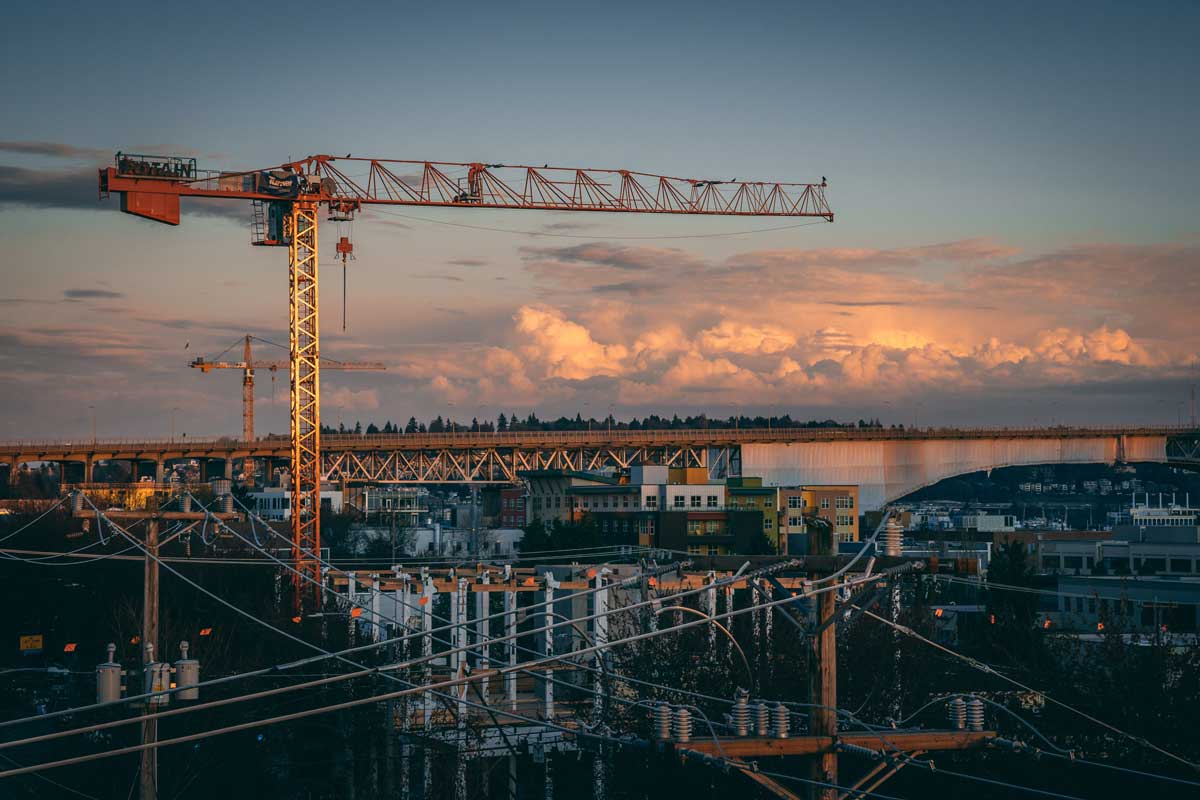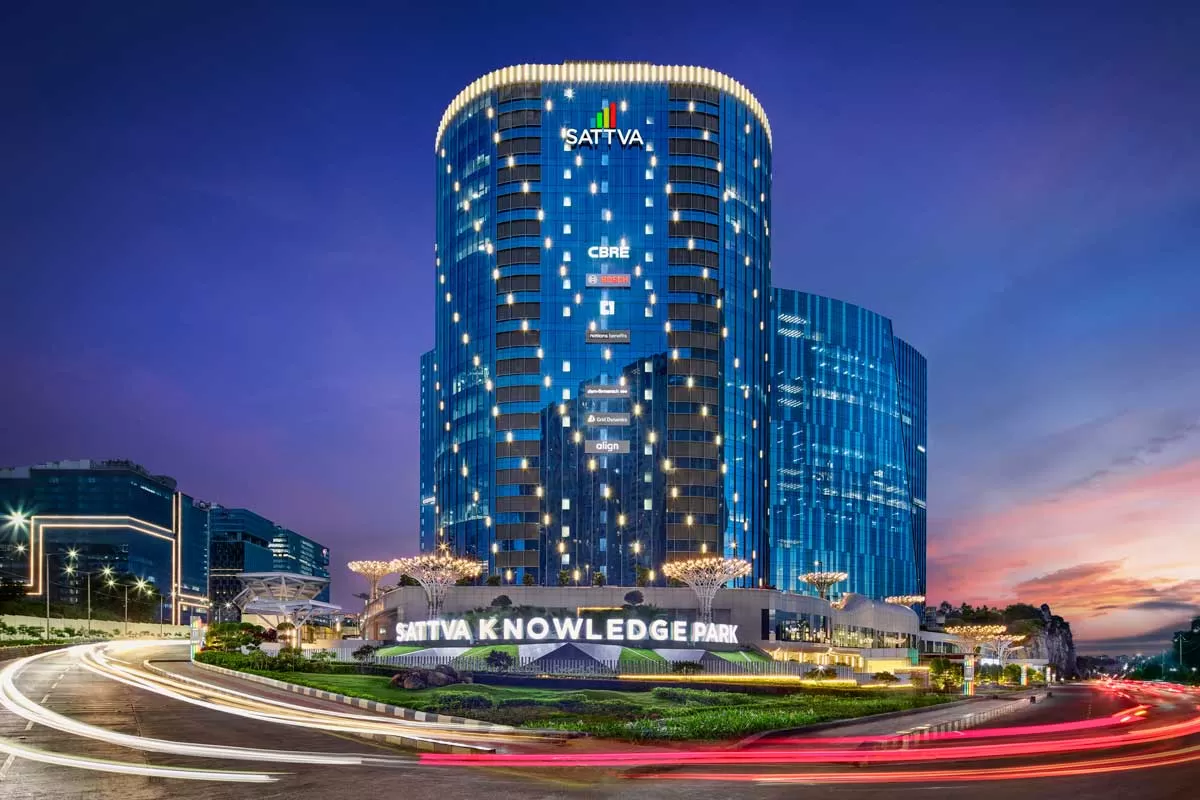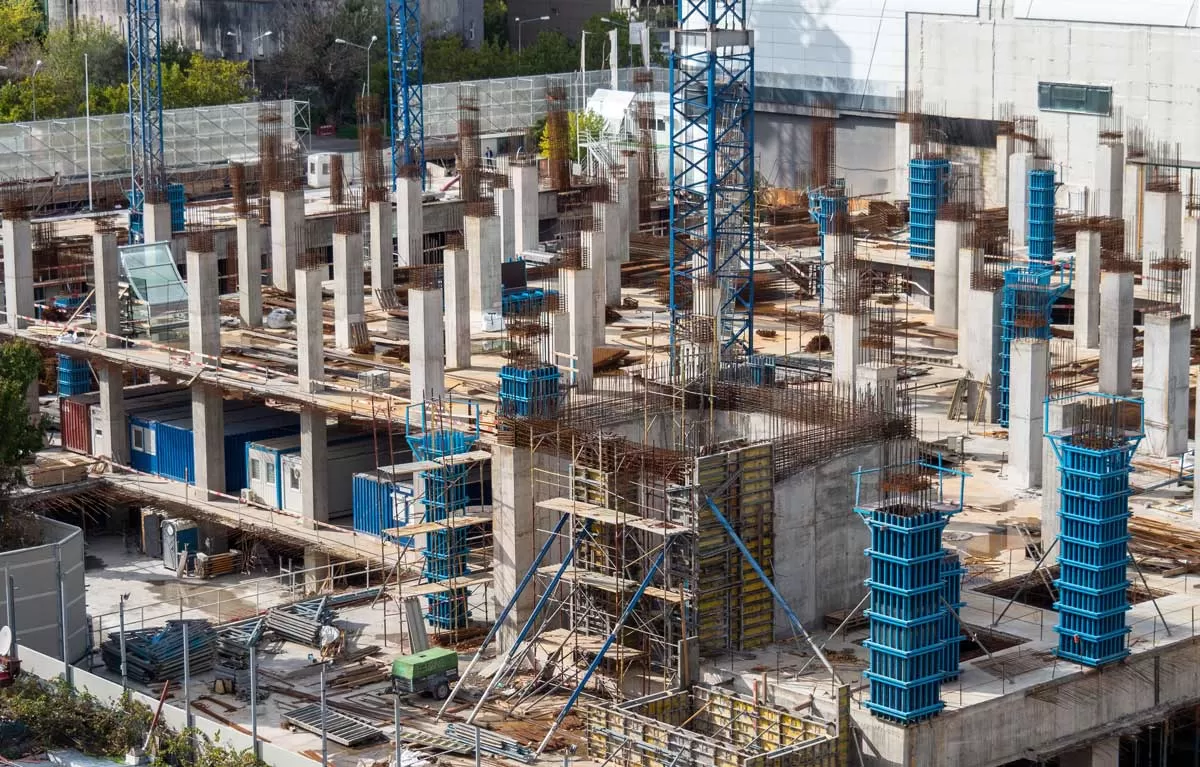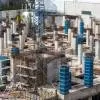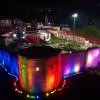Imagine this; you are at Sewri and need to be at JNPT, after which you need to be at the airport for a flight to New York in a matter of 30 minutes. Once back, a business meeting with a client in Worli awaits, and then your fund manager would like to have a tête-à-tête with you in Marine Lines. After your business errands come to an end, you need to be in Kandivali to catch up with your fiancé and friends.
Quite a script isn’t it? But certain characters in this story are not fictitious. Thanks to the upcoming infrastructure projects, the Mumbai Trans Harbour Sea Link (MTHL) will take you from Sewri to Nhava Sheva in 20 minutes. Your trip to New York will begin from the Navi Mumbai International Airport which is merely 26 minutes away from Nhava Sheva. On your way back, MTHL will lead you back to Sewri, and the Sewri-Worli elevated corridor will take you straight to Worli. After happy handshakes with your client, the Mumbai Coastal Road will lead you to Marine Drive. After the game of number crunching is over, the same coastal road will lead you to your fiancé in Kandivli. Besides, if there are any alterations in this route, a network of Metro Rail will help you to reach a specific destination.
Providing gati to the infra projects
Shailesh Pathak, Director, Indian School of Public Policy believes the entire script is executable even though infrastructure delays are common in India. “Infrastructure delays,” he says, “tend to happen before execution of the project begins; however, the policies in place put together will ensure projects are executed as per the deadlines. The transit-oriented development which the city of Mumbai was in the midst of, if completed on time would also mean more and more people will opt for metro trains over cars to commute in different parts of the city.”
As far as heading to New York and back is concerned, instead of the existing airport in Mumbai, Navi Mumbai International Airport will be ready to welcome you. Capt BVJK Sharma, Chief Executive Officer, Navi Mumbai International Airport has reasserted the fact that the airport will become operational from December 2024 onwards. “Design and construction of the airport work are on to deliver the project by the end of 2024. Besides which the master plan of the airport too was amended to accommodate 90 million passengers with two parallel runways.”
The government policies which Mr Pathak refers to earlier are Gati Shakti as also the National Logistics policy (NLP) which we will touch upon, in this story itself. Regardless of the terminologies in use, it is fair to say that both these policies act as a facilitator, enabler, and catalyser in their respective domains. The idea is also to bring different stakeholders of a project together. Depending on the scale as also the location of the project, the stakeholders too are varied.
Bringing a change in mindset
According to Devdatta Bose, Marketing and Business Strategy - Ports and Maritime, Tata Consulting Engineers, “In any project the stakeholders on the ground too need to be considered. During a dredging project we executed in JNPT, several issues came out that we did not anticipate. Archaeological Society of India exhibited concern about how vibrations arising out of the project will impact the Elephanta Caves; likewise the fishermen’s community too had concerns. As a responsible company, we resolved these concerns to ensure the project execution is not stalled. I believe a top-down as also a bottom-up approach is required in such projects since several segments and people get impacted by these projects.”
With the inception of Gati Shakti and NLP ‘bottlenecks’ has become quite a keyword even in the guest articles which follow, and you will come across the term again and again. You might wonder why? The ‘why’ has been made quite clear in a report prepared by the Ministry of Statistics and Program Implementation (MOSPI).
In its report, MOSPI underlines the fact that on projects valued more than INR 1.50 billion, by and large, there is a loss of INR 5 billion per day on project delays. So far, 1,500 projects have been delayed and the total cost overrun has risen to INR 4.66 trillion which is an incremental cost of 22 per cent over the actual estimated cost. So, instead of INR 21 trillion, INR 26 trillion needs to be spent on these projects, a classic case of humongous wastage of the taxpayer’s money. If we are genuinely poised to become a US$ 5 trillion economy these bottlenecks need to go.
To offset such challenges Gati Shakti has come into play. PM Gati Shakti will address the past issues through institutionalising holistic planning for stakeholders for major infrastructure projects. Instead of planning and designing separately in silos, the projects will be designed and executed with a common vision. It will incorporate the infrastructure schemes of various Ministries and State Governments like Bharatmala, Sagarmala, inland waterways, dry/land ports, UDAN, etc.
Economic zones like textile clusters, pharmaceutical clusters, defence corridors, electronic parks, industrial corridors, fishing clusters, agri zones will be covered to improve connectivity and make Indian businesses more competitive. It will also leverage technology extensively including spatial planning tools with ISRO imagery developed by BiSAG-N (Bhaskaracharya National Institute for Space Applications and Geoinformatics).
The sheer power of implementation
Citing an example of real-time bottlenecks and how Gati Shakti has already catalysed the process of infrastructure creation, SV Desai, Director & Sr Vice President – Infrastructure, L&T affirms, “We are executing a dedicated freight corridor project which involves a lot of embankment works, ROBs, and RUBs. For the project to move ahead different departments need to communicate with each other and approvals from each are desired. For this entire process to become easy mandates the requirement of a single authorised entity. This is where the power of Gati Shakti comes in. Earlier, it used to take 8-12 months to get a single approval for a ROB but now that has a standard span and is brought into the portal. Likewise, other structural facilities leave room for integration to save time and cost. If it is a master plan on a platform like Gati Shakti, wherein we can see the future, we can plan expansions accordingly.”
Irrespective of the pace at which infrastructure projects are completed, they will remain under-utilised until a system is created to facilitate the efficient movement of goods and services across the value chain and this is where NLP comes into play.
Like Gati Shakti, NLP too utilises the power of digitisation. “The NLP aims to digitalise a bulk of the port processes,” says Ashish Jhagarawat, Director & CEO, Moon SEZ Consultants, “to reduce clearances on imports and exports. As such India’s logistics costs via the sea are 30-40 per cent which the government is aiming to reduce to less than 10 per cent. The development of India’s coastal line can help in reducing logistics costs. With PM’s dream of First Develop India, we too are now migrating to the development of enterprise and service hubs which is aimed at converting existing industrial areas into SEZs.”
The success of NLP will be governed by key factors which include enhancement of port capacity, multi-modal connectivity (including varied elements in the multi-modal mix like rail, sea, road, inland waterways, coastal shipping, etc.) as also the availability of world-class multimodal terminals custom designed for Indian conditions.
Customisation is the key
Interestingly, Shantanu Bhadkamkar, Managing Director, ATC Global Logistics cites, “All across the world, different nations have followed different approaches to multimodal connectivity keeping the endgame in mind. Having said that, the Basel Multi-modal Terminal based in Switzerland serves as an ideal example; we can have a similar terminal in Varanasi. However, since we are beginning this journey, the model in question should be customised for Indian settings which take into account the use of technology and environment-friendly means of transport. Since the construction of such projects is time consuming, the timeline of completion should be kept in mind. India should refrain from copying those global best practices which tend to become obsolete by the time it is ready and fully functional.”
As far as the enhancement of port capacities is concerned, the existing framework of multi-modal connectivity in India needs a revamp. Right now it is heavily dependent on roadways and it needs to change, rather balanced. Anjali Bhide, Post Hon Secretary & EC Member, AMTOI, says “Enhancement of port capacity is essential, however in the multi-modal mix we need to curb our dependency on roadways alone, to achieve this 14,000 km of navigable inland waterways and the coastline coastal shipping and inland waterways should be developed. This is easier said than done since there is no guideline or draft to execute the process; moreover, night navigation facilities for waterways also need to be developed further. I remain hopeful that Gati Shakti as also NLP will address these issues. And once addressed nothing can stop us from being as successful as Japan and Korea in terms of seamless multi-modalism.”
Roads, railways, bridges, and ports are all such elements that bring infrastructure to life and facilitate connectivity and movement needed to live long. The life expectancy of such projects needs to be intact for a hundred decades or more. The structures that colonial rulers had erected in India serve as a testimonial to this paradigm. So no wonder many ‘project maintenance’ is going to be the next buzzword after Gati Shakti and NLP have attained the key objectives.
“Gati Shakti is poised to bring projects of this scale or even bigger, to life and elevate both our infrastructure and economy. However, the contribution of these projects to the economy will not be limited to their induction alone; it will also depend on their timely maintenance and continual use. For instance, in the Chenab Bridge, what bothers me more is who will conduct its maintenance for the next 100 years?,” says MK Gupta, Former Member Engineering, Railway Board.
“There are a lot of gaps between technical education being implanted in young minds and the knowledge required on-site which augments the problem further. This needs to be addressed; a change in curriculum is desired. Unless we address these basic issues, we will create a fabulous infrastructure that will end up collapsing within a few years” he concludes.
Technology plays a key enabler
Maintenance of infrastructure entails a better quality of life for the citizens of a nation and a better livability index too. For the indices to narrate a healthy tale, basic needs like water supply will continue to remain a key issue. More so, when cities keep expanding and newer townships and satellite towns come into existence. Dr. Ramnath Sonawane, Secretary, Maharashtra Water Resource Regulatory Authority feels hopeful that Gati Shakti’s impetus on technology would translate to the use of technology to improve the water distribution system and curtail the transmission losses which occur in cities, and ensure people don’t have to travel long distances to fetch water in rural areas.
Sonawane further adds that “I expect that impetus will be given to technology whereby the service delivery system can be improved with the use of sensors, and meters to measure the pressure, flow, and more. The quality of water can be measured through these sensors which allow immediate intervention to improve quality. A digital support system needs to be created to analyse the data collected for timely interventions and future improvements.”
Gati Shakti and NLP have made it clear that the infusion and the role of technology in shaping India’s built environment will be paramount and is only set to increase; in the backdrop, it is important not to forget the ‘other’ factors. Keeping this in mind Rajan Aiyer, Managing Director, Trimble India’s view is nothing short of a final word.
He asserts the fact that technology will be a key enabler in infrastructure building but there were other factors too that assume equal importance in this equation, and states that “Infrastructure growth would assist us in realizing the goal of a US$ 5 trillion economy but improving the rural economy, putting more money into the hands of the farmer, and ensuring manufacturing and supply chain are managed well would be equally important.”
